Dendrobium Burana Green Variegated – Rare Orchid
Original price was: ₹1,888.00.₹899.00Current price is: ₹899.00.
5 in stock
Size: Same plant in the third image
The Dendrobium Burana Green Variegated orchid is a beautiful hybrid known for its striking green and white variegated leaves and often chartreuse flowers with creamy white edges. Dendrobiums, in general, are considered relatively easy to care for, making them a good choice for beginners.
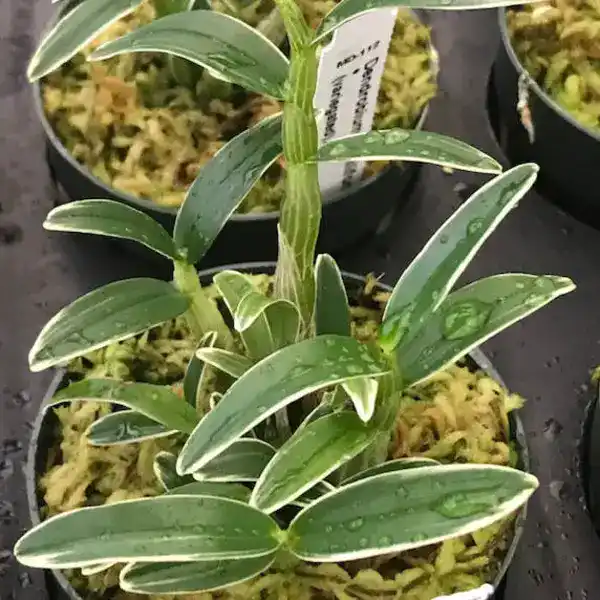
Here’s a comprehensive guide to caring for your Dendrobium Burana Green Variegated:
1. Light:
- Bright, indirect light is key. This orchid thrives with plenty of light but should be protected from direct, harsh sunlight, especially during the midday hours, as this can scorch the delicate variegated leaves.
- An east-facing window is often ideal, providing bright morning sun. A shaded west or south-facing window can also work, but consider using a sheer curtain to filter the light.
- If your orchid isn’t flowering, it often indicates insufficient light. Conversely, yellowing leaves can be a sign of too much direct sun.
- The appearance of small offshoots (keikis) on young canes can also indicate insufficient light.
2. Temperature:
- Dendrobium Burana Green Variegated prefers warm to intermediate temperatures.
- Daytime temperatures should ideally range from 21°C to 30°C (70°F to 85°F).
- A nighttime drop of about 6°C to 11°C (10°F to 20°F) is beneficial for encouraging flowering. Aim for nighttime temperatures between 15°C to 18°C (60°F to 65°F).
- While they can tolerate some variations, avoid extreme temperature fluctuations.
3. Humidity:
- These orchids appreciate moderate to high humidity, ideally between 60% and 80%.
- To increase humidity, you can:
- Place the pot on a humidity tray filled with pebbles and water (ensure the pot doesn’t sit directly in the water, as this can lead to root rot).
- Use a humidifier in the room.
- Mist the plant regularly, especially during dry periods, but ensure good air circulation to prevent fungal issues.
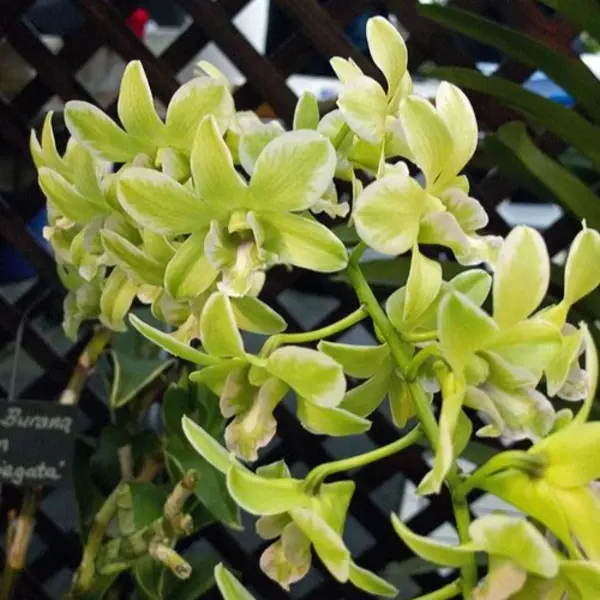
4. Watering:
- Water thoroughly in the morning when the potting medium feels dry to the touch. The frequency will depend on your climate, potting medium, and pot type (e.g., charcoal dries faster than coconut husk).
- As a general rule, water every 2-3 days if using charcoal, and every 5-6 days if using coconut husk.
- Allow the media to dry out slightly between waterings. Overwatering is a common cause of root rot in orchids.
- Ensure proper drainage and do not let the plant sit in standing water.
- During the growing season (spring to early fall), water more frequently and heavily. Reduce watering in the dormant winter months, but don’t let the plant dry out completely, especially if it’s an evergreen type.
- Use water low in alkalinity, such as rainwater, distilled water, or reverse osmosis water, to prevent mineral buildup. If using tap water, flush the pot with clear water once a month to remove accumulated salts.
5. Potting Medium and Repotting:
- Dendrobiums are epiphytic (grow on other plants) or lithophytic (grow on rocks) in their natural habitat, so they need a well-draining, airy potting mix.
- Common potting media include coconut husk, bark, perlite, and charcoal.
- Repot every 2-3 years, or when the plant outgrows its pot, the roots are vigorously growing outside the pot, or the potting mix has broken down.
- Repotting is best done in the spring. Choose a pot that is only slightly larger than the current one and has good drainage holes.
- When repotting, carefully remove the old media, trim any dead or damaged roots, and position the plant with its oldest canes towards the edge of the new pot.
6. Fertilizer:
- During the active growing season (spring to fall), fertilize regularly with a balanced orchid fertilizer (e.g., 20-20-20 NPK) diluted to half or quarter strength. Some growers recommend fertilizing twice a week with very weak solutions.
- If using bark mix, fertilize every time you water during summer, flushing with clear water once a month. If using sphagnum moss, fertilize every 3rd watering.
- Reduce or cease fertilization during the dormant winter months.
- Never fertilize a completely dry plant, as this can cause root damage.
- For blooming, some growers switch to a high-phosphorus fertilizer (e.g., 0-52-34 NPK) during the flowering period.
7. Air Circulation:
- Good air circulation is crucial to prevent fungal diseases and promote healthy growth. Ensure your orchid isn’t in a stagnant environment. A small fan can help.
8. Pests and Diseases:
- Dendrobiums are generally quite resilient, but keep an eye out for common orchid pests like:
- Scale insects: Wipe them off with a soft brush or cotton swab dipped in rubbing alcohol.
- Spider mites: Spray with a solution of water and neem oil.
- Thrips: Treat with water and insecticidal soap.
- Root rot can occur from overwatering. Ensure proper drainage and allow the media to dry.
9. Winter Rest (Important for some Dendrobiums):
- While ‘Burana Green Variegated’ is a hybrid and may not require a strict winter rest like some deciduous Dendrobium species, many Dendrobiums benefit from a cooler, drier rest period in winter to encourage reblooming.
- If your orchid isn’t flowering, a period of cooler temperatures (around 13°C / 55°F) for a few weeks with reduced watering and no fertilizer can help trigger blooms. However, this hybrid is often noted for its frequent blooming.
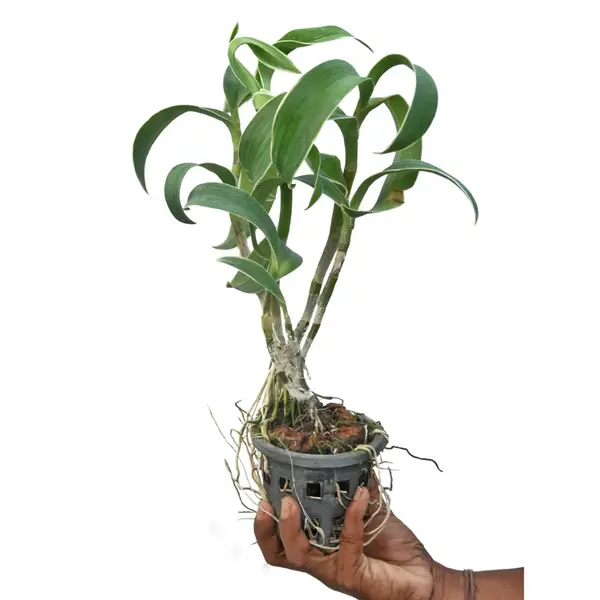
By following these care tips, your Dendrobium Burana Green Variegated should thrive and reward you with its unique foliage and beautiful blooms!
Only logged in customers who have purchased this product may leave a review.

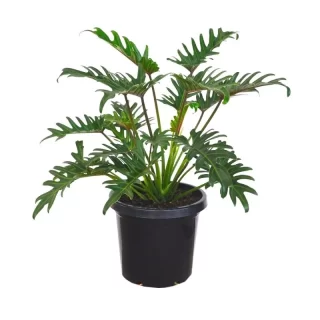
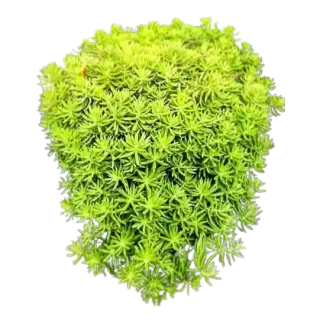

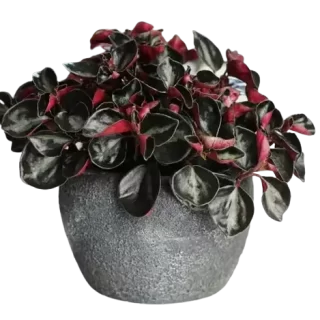
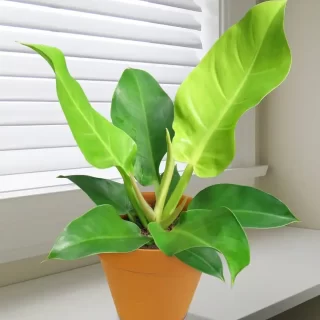
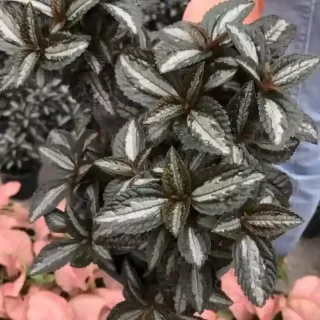

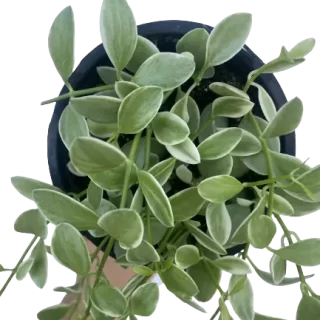
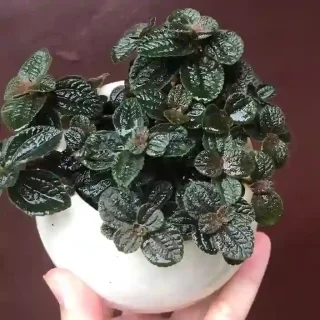
 If you need any assistance, I'm always here. Have you found what you were looking for?
If you need any assistance, I'm always here. Have you found what you were looking for?
Reviews
There are no reviews yet.